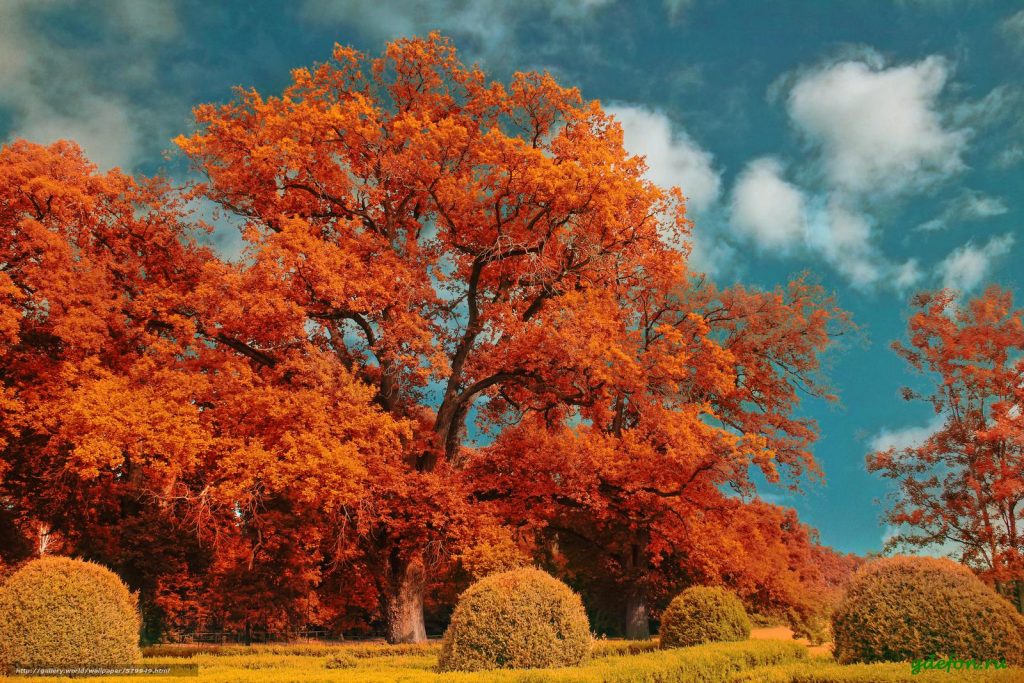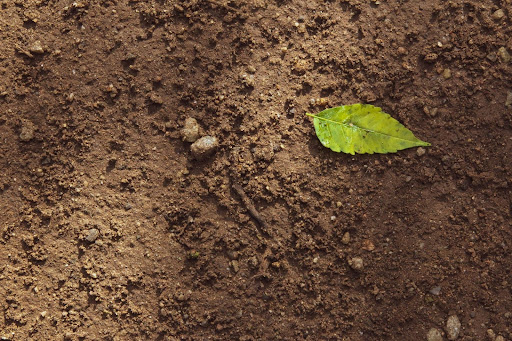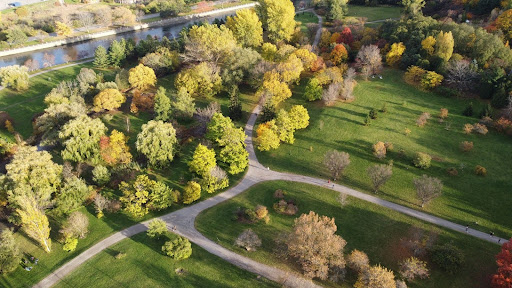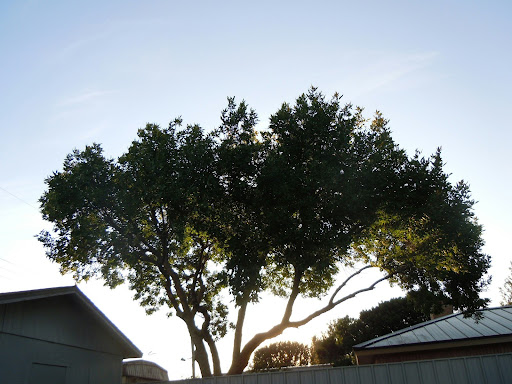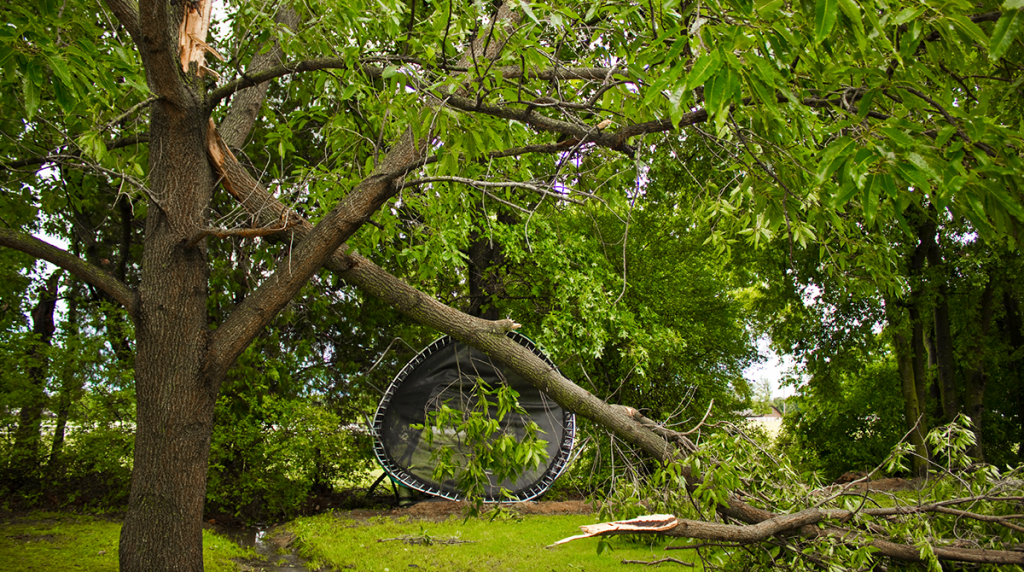
Date November 26, 2020
Category
Although restoring trees in the aftermath of damage might seem like a minor or straightforward task, there’s actually a careful process that has to be progressed through in order to achieve the right outcomes. Here at TreeNewal, we understand the importance of this process and practice it whenever taking on tree restoration and renewal work.
Repairing damaged trees is an important task from a landscaping point of view, but also from an environmental point of view too. Healthy and thriving trees improve air quality in the area and absorb CO2. Whatever your reasons for wanting to have tree restoration and renewal services carried out, TreeNewal can make it happen for you.
We’re going to talk today about the ways in which damaged tree areas can be brought back and the techniques that are used when doing so. Find out more below.
The Importance of Repairing Damage Trees
So why is it so important to repair trees when they get damaged? Well, first of all, it is important to take into account the environmental benefits of healthy tree areas. We’ve seen a steady rise in the destruction of forests due to wildfires and manmade causes. And these things have thrown into sharp focus the necessity of trees and how much we rely on them. Even in the case of repairing damage to a single tree, it’s important to recognize the environmental worth and importance of trees.
Tree area repairs and tree maintenance can be approached in many ways depending on the situation. Sometimes, that will involve pruning trees or removing damaged areas so that healthy growth can follow. We also take care of things like tree nutrition and fertilization to promote long-term health. Our team also knows how to mitigate and prevent diseases in trees and potential fungus issues.
All of these techniques and strategies are important because they ensure the future growth of sustainable and healthy tree areas. As we’ve discussed, that matters from environmental perspectives. But homeowners and business owners also want to maintain their tree areas and repair damage when it occurs for aesthetic reasons, and those reasons are just as valid.
The Steps That Need to be Taken
There’s a range of steps that need to be taken when returning damaged tree areas back to prime health. The process can be a long one, but care and attention through each stage of the process is vital in order to ensure the long-term health and prosperity of the land and the trees growing on it. Here’s more information about that and the steps that we take at TreeNewal when taking on tree repair and renewal projects.
Assessing the Specific Needs of the Tree or Tree Area
The first step involves assessing the needs of the affected trees or the area where the trees used to be. This is important because the right approach to the repair process can only be found when the condition of the tree is fully understood. We start by assessing it and categorizing it as either being in good, fair, or poor condition. There are a variety of factors that need to be considered to come to a decision with regards to the trees’ current health and condition.
Once that’s been done, the tree can be assessed for detrimental stressors that might cause further problems going forward if they’re not addressed. It’s important that these are understood in order to ensure the tree can be properly treated and brought back to optimal health. The stressors that might impact a tree include fungal infestations or insect problems.
If new trees are being planted in a former tree area that suffered damage, it’s important to assess the needs of the area and understand the trees that would naturally grow there. In some cases, planting will be necessary, but, in other instances, natural regeneration might be used to revitalize the area. The assessment phase makes it possible to make those judgments.
The Soil is Given the Chance to Recover and Improve in Quality
If a treed area recovering from fire is being worked on, it’s important to give the soil a chance to recover. In fact, no matter the damage, healthy soil is essential. This is important because when the quality of the soil is depleted, it’ll negatively impact future growth. When the soil is not healthy, to begin with, pioneer species are used. These are much better at growing in degraded soil, and their growth will help the soil to recover and improve.
The pioneer trees will eventually grow quickly, and then the scrub trees will start to become more dominant, and a canopy will start to form. The leaves from these trees will form and create mulch, and shade will be created for the soil, and over time it will improve in quality thanks to these new conditions.
Of course, none of this is necessary when the task simply involves bringing damaged trees back to health. But when the entire tree area has been badly damaged and destroyed, and the land is in very poor condition, this stage becomes a very important one indeed. Eventually, taller trees will grow and the land will be thriving in the way it was before the damage occurred.
Repairing Burnt Trees
When a tree has suffered fire damage, we go about repairing and revitalizing it by, first of all, keeping the soil beneath the tree moist. This is something that must remain the case at all times. The roots of the tree will then absorb this water, which will aid the repair process.
The area of soil around the tree needs to be fed water gradually and slowly, and this can be done in a variety of ways depending on the circumstances. Laying the hose down near the tree and allowing the water to consistently but very slowly soak into the soil and down the roots is one way of doing this.
It is a good idea to use tree wrap while the tree repairs and recovers as well. This will protect the wood from sunburn, which is something that can happen when the damaged bark is exposed due to the wounds that are present there. Until the protective bark grows back, we wrap the trees carefully using appropriate tree wrap.
The Sourcing of Native Seeds and Growing Them
When new trees need to be planted on the damaged tree area, it’s important that the right kinds of seeds are sourced. This also needs to be done at the right time in line with the condition and needs of the land and soil. If the native seeds are planted before the condition of the soil is correct, they’ll struggle to grow, and the recovery process will have stalled, which is never desirable.
Sourcing native seeds can be more difficult than one might expect. In some cases, seeds have to be extracted from high up on existing trees for the best quality and the best outcomes later on in the process. This all depends on the kinds of trees that are native to the land and the trees that need to be planted. This is something that requires careful consideration and research before action is taken.
When the seeds have been sourced, they need to be grown. They’re not put directly into the ground and left to grow; instead, they’re grown in a nursery. Here, they can be grown in climate-controlled conditions that closely resemble their natural habitat and the climate of the place where they’ll eventually be planted and left to grow.
Planting
The seedlings will need to be grown in the nursery until they’re ready to be transported back to the area of land where they’ll be planted. How long they need to be grown depends on the species. They’ll still be seedlings when they’re taken for planting, and they’re located in spots of the forest that offer the best protection, enabling the best possible chances of survival for the seedlings.
These small sites that offer the best conditions are usually in the shade and away from direct sunlight that might be too much for the growing seedlings. The planting process involves digging very deep holes with small diameters in the soil. The seedlings are then placed in the hole while keeping the root structure fully intact. The soil is then used to fill up the hole around the seedling.
Over time, the seedlings will have the chance to acclimatize to their new and permanent home, and they’ll become part of the reforestation process and bring the damaged tree area back to full health once again. The planting might be done in stages, and more seedlings might be planted at a later date if that’s something that’s deemed necessary in order to fully restore the damaged area.
For the long-term survival of the trees, regular maintenance is required. Restoring damaged tree areas isn’t usually a short-term fix; it’s necessary to monitor the progress over many years and to intervene at various states to ensure the healthiest possible outcomes for the trees and the land collectively. Maintenance that might take place could include removing vegetation that’s competing with the seedlings as they grow.
TreeNewal’s Partnership with the National Forest Foundation
TreeNewal is passionate about protecting our nation’s forests and making sure that everything possible is done to protect and expand them. That’s why we’ve partnered with the National Forest Foundation. In particular, we’re helping them to meet their goal of planting 50 million trees before 2023, and we want you to get involved as well.
TreeNewal’s corporate commitment to this campaign is to donate 1 tree for every tree we touch as we serve our local community. We thank all our customers who have allowed us to be your sustainable tree care company and contributed to this campaign of planting 50 million trees by 2023.
America is lucky to have such diversity when it comes to tree life, but it’s under threat from factors such as wildfires, outbreaks of disease, and insects. It’s important that action is taken now before it’s too late to ensure these forest areas are able to flourish and thrive for years and decades to come.
TreeNewal: ISA Certified Arborists
At TreeNewal, we offer a range of services to help people manage their tree areas and bring them back to full health when they’re in disrepair. We understand exactly how important healthy landscapes are, as well as aesthetically pleasing ones for homeowners and businesses. With the help of our expert services, you’ll be able to return your tree areas to their former glory and ensure they grow healthily and sustainably going forward.
We employ ISA Certified Arborists, meaning you can trust us to offer the highest quality services. We have an experienced team of professionals who have worked on many landscaping and tree repair projects. We understand the needs of trees in Texas, and we use our own blended fertilizer to achieve the best outcomes. This stimulates fibrous root growth and helps our work stand out from the crowd.
If you want to make use of our arborist services, you can get in touch with us today via the contact form here on our website. Alternatively, you can call 817-533-8438 and speak to a member of our team right away. We’ll set to work understanding your needs and then moving through the steps discussed above. Before you know it, your tree area will be in much better health.
Your neighbors at TreeNewal are here to help you. To reach our ISA Certified Arborists for professional tree maintenance and tree services, or even if you just have some questions, give us a call us today at tel:(817) 592-6846
To learn more about Techniques To Bring Back Damaged Tree Areas, call our Argyle and Southlake based teams
at tel:(817) 592-6846 or send us a message.
We’re a little different than the average tree services company.
Learn more about TreeNewal’s ISA Certified Arborists!
Our Dallas/Fort Worth-based tree doctors can explain how sustainable tree care services add more value to your bottom line.
Healthy trees, healthy lives.
